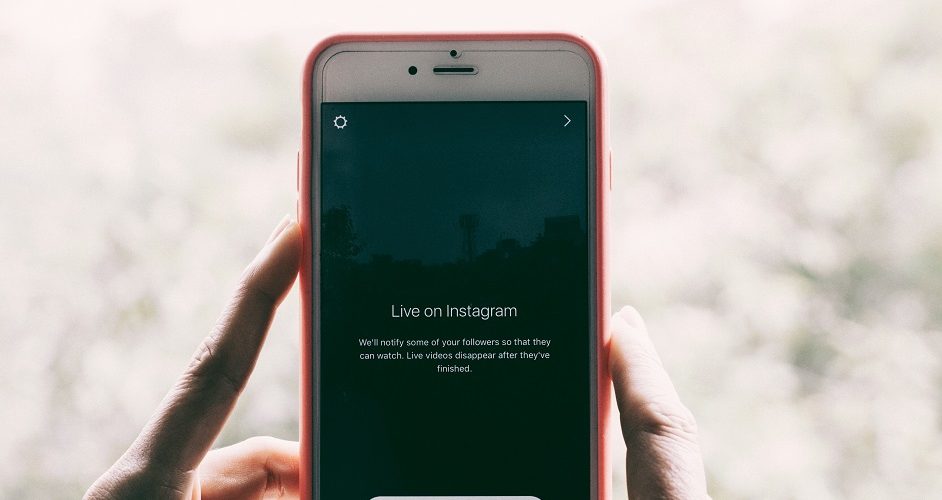Living in the Online Village
An article from David R. Smith at TheSource4YM.com
Facebook, Twitter, Instagram, Snapchat, etc. Everyone has an opinion about the influence these social media giants have on teens. Regardless of what the sometimes-conflicting experts say, we still have to help teens manage themselves on these platforms.
Here are a few ideas.
Understanding the Impact
What goes on inside the heart of a girl as she scrolls through her Facebook feed? How does a “retweet” impact the mind of a young man? Now we know for sure….
Brain mappers – yep, that’s actually a real job – wanted to discover what took place inside the heads of teenagers who use social media…so a few of them from UCLA hooked up 32 teenagers to MRIs and turned them loose on a customized platform akin to Instagram. What they found is certainly interesting.
For starters, the “reward center” of the brain lit up the more a student’s picture/post/comment was “liked.” The students’ nucleus accumbens – the part of the brain that reacts to pleasures such as food, sex, and money – became more active when they saw favorable responses to their online activity. (Of course, the “likes” weren’t coming from their peers, but a group of researchers on the other side of the screen.)
Speaking of peers, researchers tend to believe that kids’ friends have a major influence on what they like. “Normal” pics like food or friends were shown to the test subjects, as were images of “risky” items such as alcohol or cigarettes. But the test subjects didn’t seem to favor any item (risky or not) over another. Instead, they tended to “like” the pics with the most “likes.”
Furthermore, the researchers concluded that interaction with social media definitely impacts the brain’s plasticity – the way the organ functions after it’s experienced different inputs. Interestingly, this change is not always good, as evidenced by porn’s impact on developing minds. But social media’s influence on the brain’s plasticity isn’t always bad; interacting with large groups at one time, even from behind a screen, can potentially make kids more perceptive/aware.
Good or Bad (or Both)?
That’s just it, isn’t it? There are definitely some pros to social media…but there are certainly cons, as well. Some talk about the “downsides of social media” such as narcissism, addiction, and anxiety to name a few, but those results tend to spring from excessive use or outright misuse of these platforms. Other adults see “social media as great for teenagers,” but some of these “pros” can just as easily cause self-inflicted wounds if our teenagers aren’t careful.
The bottom line is this: when a teenager uses social media, there’s always going to be the possibility they walk away more informed or more connected…or wounded. But those outcomes don’t need to be based on a roll of the dice. There are many ways youth leaders and parents can put the odds in their kids’ favor. Here are three very simple ones.
- Lead them by example. There is no better way to jeopardize your teens’ social media involvement than by modeling poor habits yourself. Likewise, there is no better way to encourage your teens’ positive social media practices than by leading the way through your own example. One of the most important lessons we can teach is simply knowing when to turn social media off. (By the way, adults aren’t so good at this if new research is to be believed. It seems we aren’t so good at unplugging…even if we’re on vacation.) Moms and dads should declare certain parts of the day, for example, car rides and family meals, to be “social media free.” Likewise, youth leaders shouldn’t be focused on tweeting if they’re visiting a school cafeteria or trying to connect with a young person over a milkshake and fries. There are definitely other areas in which we need to lead by example when it comes to social media, but one of the easiest is to just know when to disconnect.
- Show them where the landmines are. Social media has plenty…especially for young users. From cyber-bullying to sharing too much personal contact information to knowing how to deal with a troubled friend, there are some lessons that kids don’t need to learn the hard way. Make sure you have helped your teenagers establish a safe route through all the funk that lies in wait in social media land. This will help them take advantage of all that social media has to offer their growth…while virtually eliminating all the incumbent risks.
- Engage them about their online lives. This goes far beyond just “friending” them on Facebook or following them on Twitter. Too many parents and youth leaders don’t engage teenagers about what they see in their online lives. You walk with them through the real world, right? Why not the online world, too? If your daughter’s friend posts something mean about a teacher, ask her questions like, “Do you think that was wise?” or “What do you think could come of that, good or bad?” If your son’s friend posts pics of alcohol consumption, you might want to ask him about that particular friend’s habits and influence. Whatever you do, don’t remain silent and let them try to figure things out on their own. Talk with them every chance you get.
If you think about it, loving adults already do all three of these in the “real” world. We just need to make sure we do this in the “online” world, too. We are the best insurance policy teenagers have to help guarantee that social media is a blessing and not a curse.



